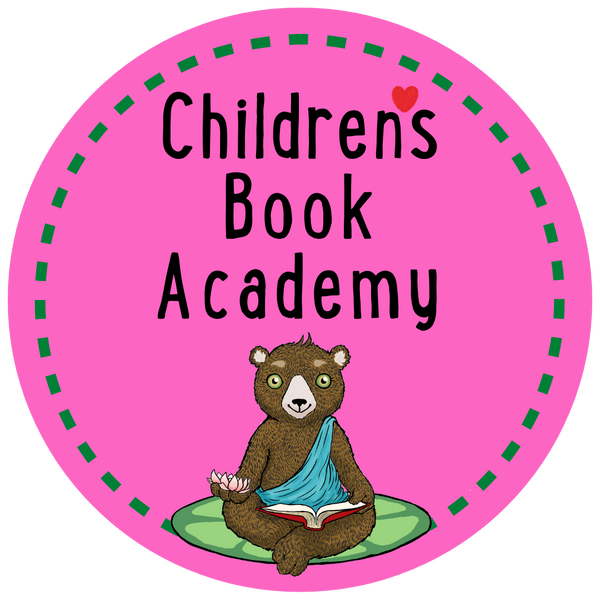By Kourtney LaFavre
Hello Again! I wanted to use this month's opportunity to share about social-emotional learning (SEL) and what to consider when writing/illustrating for children and young adults that supports development of social-emotional learning. SEL, according to the Committee for Children is “the process of developing the self-awareness, self-control, and interpersonal skills that are vital for school, work, and life success.” Social-emotional skills help all people successfully manage everyday life, make good decisions, and be good friends, family, and community members. It also helps to develop healthy identities, manage emotions, achieve goals, and develop empathy. SEL is important to thriving relationships, communities, and global success.
So what does this have to do with children's literature? Literature is an opportunity for readers to experience and feel things through text and images. Stories allow us to explore human social and emotional life as we identify with characters’ desires, challenges, motives and feelings. As a mom and educator I have always turned to books to help my children, students, families, and myself whenever faced a struggle. Have a kid that's afraid of the dark or having trouble making friends? There's books for that! Is your family moving or struggling with the loss of a family member? There's books for that! Teens struggling to figure out where they fit in? There's books for that! I think you get my point.
Writing and illustrating for children is an opportunity to reach readers and help them not only learn or connect with something new, but also help support their social-emotional development. Some things to consider when writing and/or illustrating to support SEL in children and young adults:
- Know your audience: When writing about social-emotional learning for children and young adults, it is important to understand their developmental level and what they can comprehend. Check your language and terminology to ensure it’s appropriate for their age group.
- Don’t write because you want to convince readers of something. Focus on exploring your character and plot. The learning should come from your character's emotional journey.
- Avoid the temptation to end your story by telling the reader how to feel or what message to take away.
- Your characters should speak using language that is natural for them, not the points you are trying to make in your story.
- Draw from personal experience: Use your own experiences and emotions to create more authentic and relatable illustrations. This can help you tap into the emotions of your characters and create artwork that resonates with your audience. Be positive with your word choices. Encourage children and young adults to identify and embrace their emotions and use them as a tool for growth and development.
- Collaborate with experts: Seek advice and input from experts in social-emotional learning, education, and child development. They can provide valuable insights and help you create content that is both informative and effective. Backmatter is a great opportunity to provide practical tools, tips, and exercises that they can use to practice what they learn. This can help them apply what they learn to their daily lives.
- When illustrating, use body language: to communicate a range of emotions. Pay attention to their posture, facial expressions, and gestures. Pay close attention to the eyes of your characters to convey their emotions. Color can also evoke emotions. Use warm colors such as red, orange, and yellow to convey feelings of happiness and energy, or cool colors like blue and green to create a calming and peaceful mood.
|
Kourtney is a mom, author, and educator with a BS degree in Childhood Studies and 20+ years experience working with children and families in classrooms and other community programs. As a life-long learner she’s always questioning and watching the world with glittering eyes, on the lookout for beautiful and amazing things.In her rural community, Kourtney has created opportunities for children and families, such as story times, discovery hours, a learning garden, and homeschool co-ops, Being a SCBWI member and graduate of CBA helps fuel her passion for quality children's literature. Kourtney's debut picture book IF SUN COULD SPEAK was released in 2020. She is a blogger and assistant for Children's Book Academy. Find Kourtney Here:
www.facebook.com/kourtneylafavre.writer/ https://www.instagram.com/kourtneylafavre/ https://twitter.com/KourtneyLafavre https://kourtneylafavre.com/ Or find my book here: https://kourtneyla |









